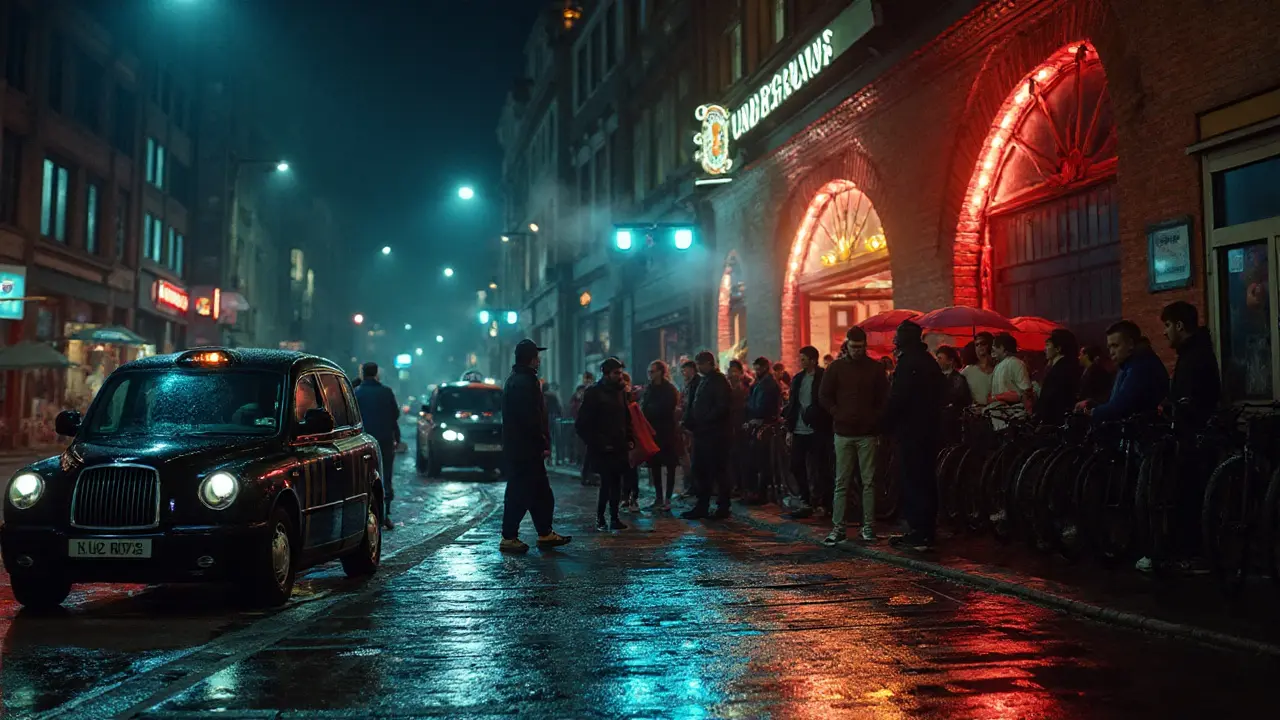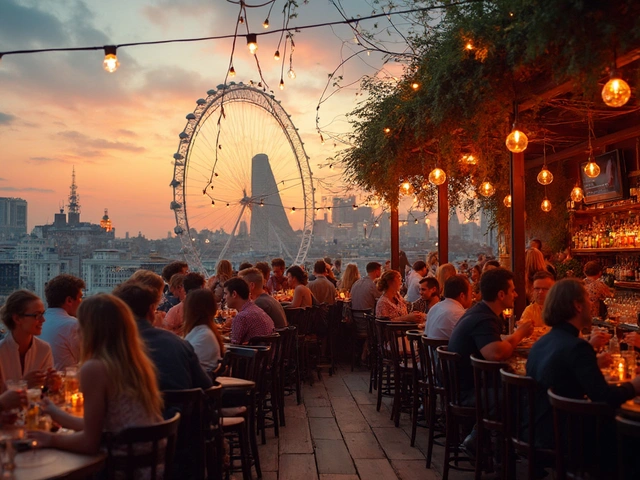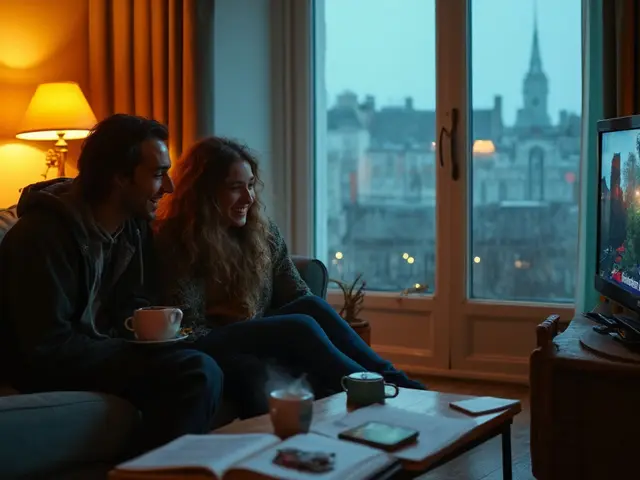Chasing a proper late night in London that still feels raw, alive, and obsessively engineered for the dance floor? Fabric Nightclub in Farringdon is still a benchmark. This isn’t just another big-room venue; it’s three distinct spaces, a famous vibrating dance floor, and programming that keeps London’s club culture honest. If you want the best window into London’s nightlife right now, Fabric is the safe bet-but you’ll enjoy it more if you plan smart.
- TL;DR: Friday (Fabriclive) leans bass/UK club sounds; Saturday is house/techno; Sundays host specials/day parties.
- Buy advance tickets via Resident Advisor, DICE, or the official site. Bring physical ID. Expect searches and queues after midnight.
- Best experience: Room One’s bodysonic floor, peak 2-4am. Hydrate, use cloakroom, and pace yourself.
- Get there: Farringdon station (Elizabeth line, Thameslink, Circle/H&C/Met) plus Night Tube/buses. N63 and N55 cover the area late.
- Budget: £15-£35 tickets, beers ~£6-£7.50, spirit-mixers £8-£10, cloakroom ~£3. Card/contactless preferred.
Is Fabric your night? Music, crowd, and that bodysonic floor
Fabric’s pull is simple: high-spec sound, lighting that frames the music (not influencers), and bookings that map the city’s weekly mood. Fridays (Fabriclive) showcase bass, jungle, drum & bass, grime, garage, and left-leaning club sounds-the classic home of London’s low-end obsessions. Saturdays lean into house and techno, from hypnotic minimal to heads-down industrial. Sundays pop up for label takeovers, day-into-night marathons, or special community-led events.
The crowd is mixed: London locals, students, city workers blowing off steam, and visitors who’ve read the “go here” list. Expect a serious dancing community-people who face the booth, not the camera. Security is firm but fair; the vibe inside is friendly if you’re respectful. This is not a VIP lounge culture spot; it’s dark rooms, tuned rigs, and long blends.
About that “fusion of sound, light, and energy”: Room One’s bodysonic dance floor embeds bass transducers under the wood, so sub hits your bones as much as your ears. You’ll feel kicks travel up your calves when the DJ opens the low end. Room Two is tighter and often punchier-great for drum-led sets and heads-down techno. Room Three is the curveball space for niche labels, up-and-comers, and oddball heat; it’s also handy when you need breathing space.
If you’re choosing between London mega-venues, Fabric sits between the warehouse-scale theatrics of Drumsheds (Tottenham) and the purist, minimal policy of places like FOLD (Canning Town). Fabric balances serious music with broader accessibility-and it still feels like a proper London basement.
Plan your night: tickets, entry, dress code, and pacing
Fabric nights often sell out. Your easiest route is grabbing tickets on Resident Advisor (RA), DICE, or the official site. Most listings release in tiers; later tiers cost more. If you’ve missed out, join the waitlist on RA/DICE and check Fabric’s socials the afternoon of the event-extra tickets sometimes drop. On the door is possible but unpredictable, especially after 1am.
Entry and ID: Fabric uses ID scanning and searches at the door under Islington Council licensing. Bring a physical, valid photo ID (passport or full UK driving licence); digital copies won’t fly. The age policy is usually 19+, but check the event page-specials can vary.
Dress code: comfort beats fashion week. Trainers are normal, breathable layers are your friend, and leave anything that restricts movement at home. Flip-flops are a bad idea, and big bags slow you down at the search and cloakroom. Caps and sportswear are generally fine if they’re clean and low-key. The key test: can you dance in this for four hours without fuss?
Set times and running order: Fabric typically posts set times on the day via Instagram stories or event pages. Expect the peak between 2-4am, with some artists playing long or all-night sets. If you want room to move, arrive before midnight when rooms are filling and acoustics shine.
Health and welfare: London venues must provide free tap water by law. Fabric’s bars will pour it on request; grab bottled water if queues are huge. The venue has trained welfare staff-if you feel unwell, lost, or overwhelmed, ask any staff member in high-vis for help. Fabric has a strict drug policy, with searches and occasionally dogs at the entrance, a condition shaped by Met Police oversight and the club’s licensing history.
| What | Good to know (2025 London) |
|---|---|
| Typical nights | Fri: Fabriclive (bass/UK club), Sat: house & techno, Sun: specials/day parties |
| Peak hours | 2:00-4:00am; arrive before midnight for easier entry and space |
| Tickets | £15-£35 advance tiers; waitlist on RA/DICE; door possible but not guaranteed |
| ID & entry | Physical photo ID required; searches; age usually 19+; last entry often 3-4am (check event) |
| Cloakroom | ~£3 per item; use it-dance floors get hot |
| Drinks | Beer £6-£7.50, spirit-mixer £8-£10, water £2-£3; card/contactless preferred |
| Photo/phone policy | Flash discouraged; be discreet and respect the dance floor |
| Free water | Available at bars (UK licensing requirement) |
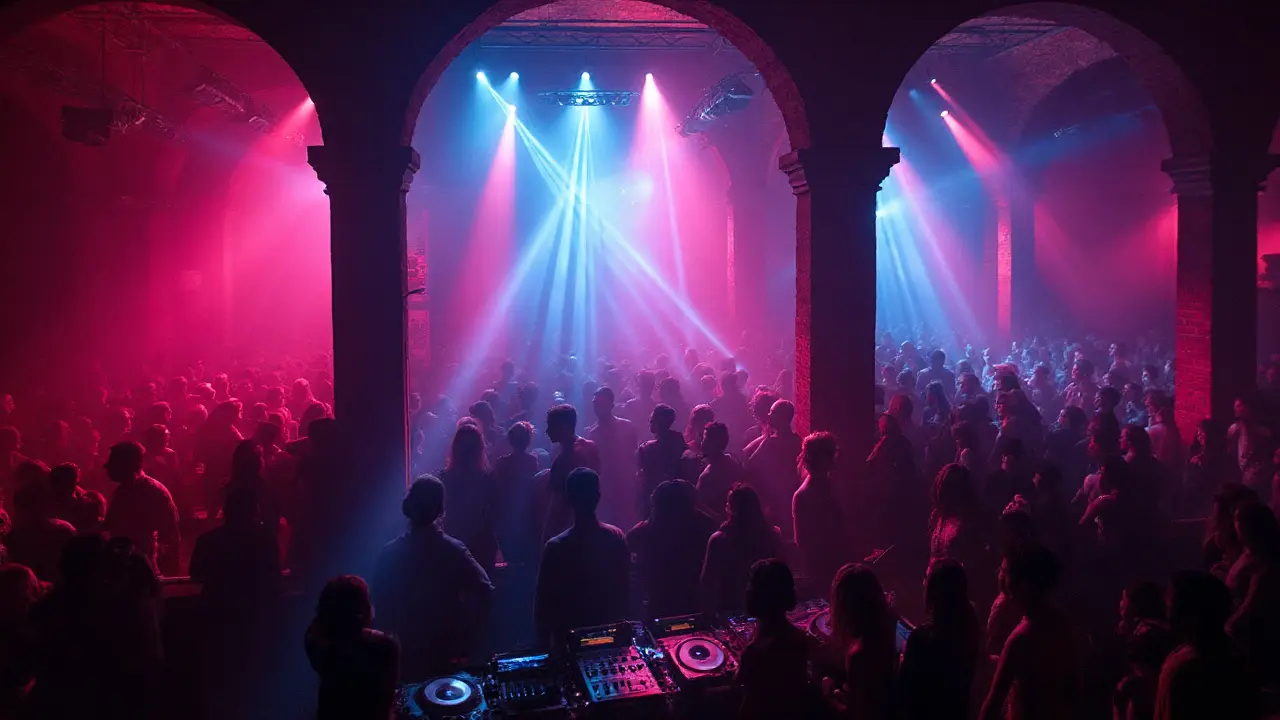
The rooms, the rig, and how to actually hear it properly
You can have a great night at Fabric by default. You can have a ridiculous night if you position yourself well. Small shifts make big improvements in sound and comfort.
- Room One (the bodysonic one): Find the central section of the dance floor where bass transducers are strongest-usually a few metres back from the DJ booth, near the middle lanes. You’ll feel kicks underfoot without the tops tearing your ears.
- Room Two (tight and punchy): The sweet spot often sits just off-centre, aligned with the booth but two or three speaker stacks back. Avoid hugging the walls where bass can smear.
- Room Three (intimate): Move around; the best sound can be mid-room or a touch behind the FOH lighting/sound desk, where alignment is truest.
Lighting design at Fabric avoids blinding you every eight seconds. It’s rhythm-first-strobing that matches phrasing, subtle colour washes, and fog that sculpts beams over hands in the air. It’s not Instagram theatre; it’s there to help DJs tell a story.
Reading the lineup: Fridays might flip from UKG nostalgia to breakneck 170 BPM, so check the bill closely. Saturdays can range from deep minimal to industrial techno. If you’re new, search for the artist’s recent “fabric presents” mixes-the label is a reliable pointer to what you’ll hear in the building.
How long to stay in each room? Give each space at least 20 minutes to adjust your ears. If it’s rammed, circle clockwise-crowds tend to drift anti-clockwise. Don’t be afraid to reset in Room Three if Room One is at capacity; your night often improves after a breather.
A quick sample plan for a Saturday: meet at Exmouth Market for a light bite (Moro or a quick pizza), arrive by 11:30pm, catch the warm-up in Room Two, slide into Room One by 1:30am for the headliner, and loop back to Room Three around 4am for something weirder. Grab water every hour; swap to soda for one round if you’re flagging.
Getting there and home: Farringdon logistics, Night Tube, and late-night eats
Fabric sits by Smithfield Market, between Farringdon and Barbican. It’s one of the easiest big clubs to reach, especially from east or west via the Elizabeth line. Here’s the pragmatic travel plan for Londoners and visitors.
- Nearest station: Farringdon (Elizabeth line, Thameslink, Circle, Hammersmith & City, Metropolitan). Thameslink is gold if you’re coming from St Pancras, Blackfriars, or south London.
- Night Tube: As of 2025, Victoria, Central, Jubilee, Northern, and Piccadilly lines run through Friday and Saturday nights (TfL). The Elizabeth line does not run 24 hours, but it runs late. Check last trains before you queue.
- Night buses: The 63/N63 (Farringdon Road) is your workhorse to the City, Blackfriars, and Peckham; the 55/N55 (Clerkenwell Road) points toward Old Street, Shoreditch, and Oxford Circus. Always verify live times in Citymapper or TfL Go-night frequencies vary.
- Cabs and ride-hail: Licensed black cabs line up around Charterhouse Street after peak exodus; Uber, Bolt, and FREE NOW are fine but surge prices hit around 4-5am when everyone leaves at once. Share rides if you can.
Safety: Farringdon is busy at closing time and well lit. Stick to main roads, keep your phone pocketed near junctions, and if a stranger asks to “help” with your ride app, decline politely. Bag theft on pavements outside late venues is a known London issue-zips forward, strap across the body.
Food: Post-club, London thins out for proper late-night eats. You’ll find quick bites closer to Old Street or down toward Holborn. If you’re staging, eat before you go: Clerkenwell has good pre-club options (St John for a shell of something lovely if you’re early, Exmouth Market for casual). Hydrate, don’t overdo heavy food, and you’ll last longer on the floor.
If you miss the last Elizabeth line: switch to Thameslink from Farringdon for north/south connections, or hop Night Tube via the Circle/Met to King’s Cross and transfer. Worst case, bus to a 24-hour hub (Oxford Circus, Liverpool Street, or London Bridge) and branch from there.
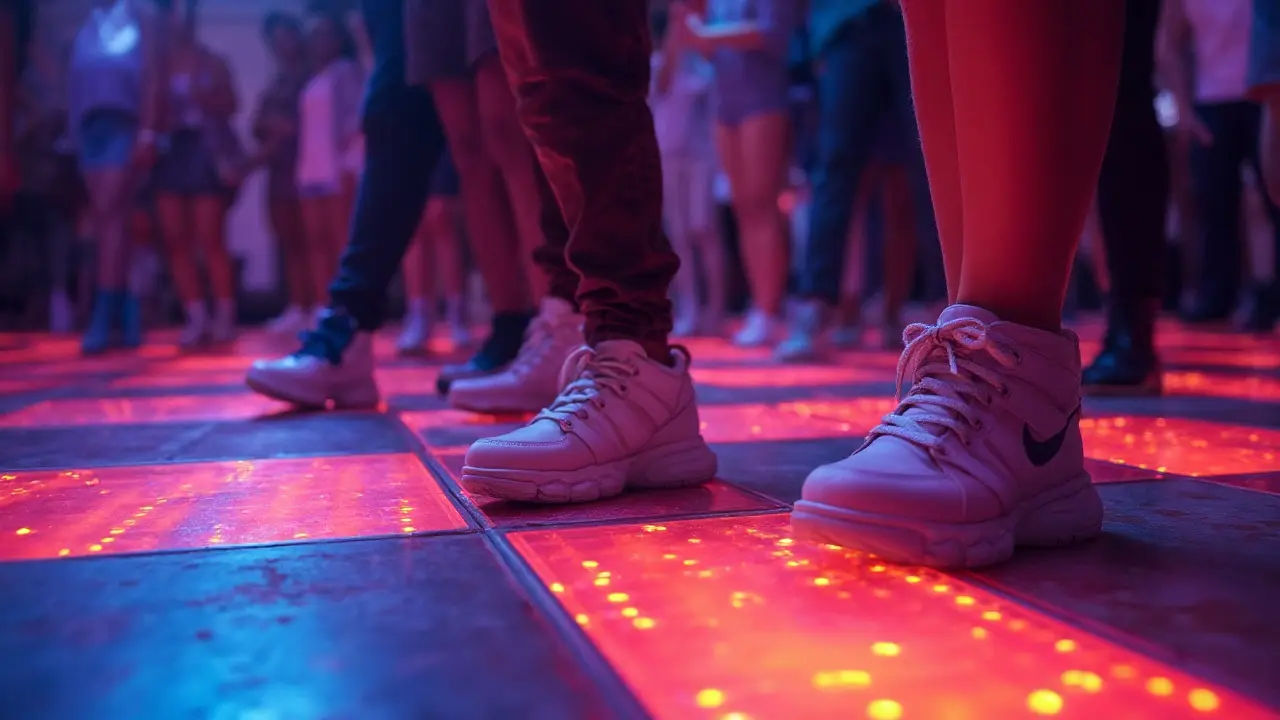
Costs, quick checklists, and London alternatives if it’s sold out
Fabric is not cheap, but it’s fair for what you get. The key is budgeting and avoiding friction that kills your mood.
- Tickets: £15-£35 advance depending on lineup/tier. Door can be higher.
- Drinks: Beer £6-£7.50; spirit mixer £8-£10; shots £4-£5.50; bottled water £2-£3. Card/contactless is standard.
- Cloakroom: ~£3 per item. Worth it-London basements run hot.
- Transport: Night bus = cheapest; Night Tube for speed; cabs for comfort. Budget £10-£30 for late rides depending on distance and surge.
Quick pre-club checklist
- Physical photo ID
- Charged phone + portable charger (keep it deep in your bag/pocket)
- Contactless card
- Breathable layers + proper trainers
- Ear protection (high-fidelity plugs; the rigs are loud by design)
- Small bag (faster searches, cheaper cloakroom)
On-the-night checklist
- Arrive before midnight for faster entry and best sound
- Map one must-see set and one “wild card” room to explore
- Water every hour; snacks only if you really need them
- If the floor feels overwhelming, step to the room edge for two tracks
- Check live travel before 3am; decide bus/Tube/cab while you can still think
London alternatives with similar energy
- Drumsheds (Tottenham): Warehouse scale, festival-grade production, big-room bookings. Great when you want spectacle.
- Ministry of Sound (Elephant & Castle): Heritage brand, famed Box room, house & big electronic lineups.
- FOLD (Canning Town): Purist, late/early hours, tight policy, serious techno, no-photos vibe.
- E1 (Wapping): Solid system, industrial feel, strong bookings across techno and house.
- Corsica Studios (Elephant & Castle): Two-room, intimate, adventurous programming.
- XOYO (Shoreditch): Residency model, week-to-week variety, easier for newbies.
If Fabric is sold out, don’t panic. Waitlist on DICE/RA often comes through, especially day-of when returns hit. If nothing lands, pivot to E1 or XOYO for similar hours, or chase a label party at Tobacco Dock when it pops up. London’s bench is deep.
Mini‑FAQ
Fabric London or Ministry for a first-timer?
If you want London’s basement feel and broader underground bookings, pick Fabric. If you want a legacy superclub with a big “Box” experience, go Ministry.
What’s the last entry?
Often 3-4am, but it varies. Check your event ticket; the policy is set per night.
Can I get in with a digital ID or photo?
No. Physical photo ID per the venue’s policy and local licensing requirements. Don’t gamble it.
Is there a re-entry?
Usually no. Smoking area is managed; if you leave the controlled zone, you’re done for the night.
Is it safe for solo clubbing?
Yes, if you stick to basics: keep valuables zipped, ask staff for help if anything feels off, and use main roads home. Fabric’s welfare team is approachable.
Accessibility?
Fabric is below street level and uses stairs; contact the venue ahead for step-free arrangements and assistance. Staff can support on arrival.
Where do I stand for the best sound?
Room One: centre, a few metres back from the booth to hit the bodysonic sweet spot. Room Two: off-centre, two or three stacks back. Room Three: mid-room or near FOH.
Next steps and troubleshooting
- If queues are huge at 1am: detour to the other entrance side if directed by staff; otherwise, grab water and commit-peaks are worth it.
- If you feel unwell: tell a staff member immediately. Welfare staff see everything; there’s no judgement, just help.
- If your group gets split: set a physical meeting point before you go in (e.g., near the cloakroom sign) because signal can be spotty in basements.
- If you miss the last train: N63/N55 night buses are reliable; otherwise, share a cab. Don’t linger scrolling on pavements-order inside the foyer if possible.
- If you lose something: check with the cloakroom before leaving; after the night, use the venue’s lost property process with detailed descriptions.
- If you’re new to bass-heavy nights: take short breaks; earplugs make the night better, not worse.
Fabric remains a rite of passage for London. It’s not trading on nostalgia; it’s kept pace with the city-new selectors, careful programming, and a sound-first mentality. Plan the basics, respect the dance floor, and you’ll understand why Londoners still send friends here first.

